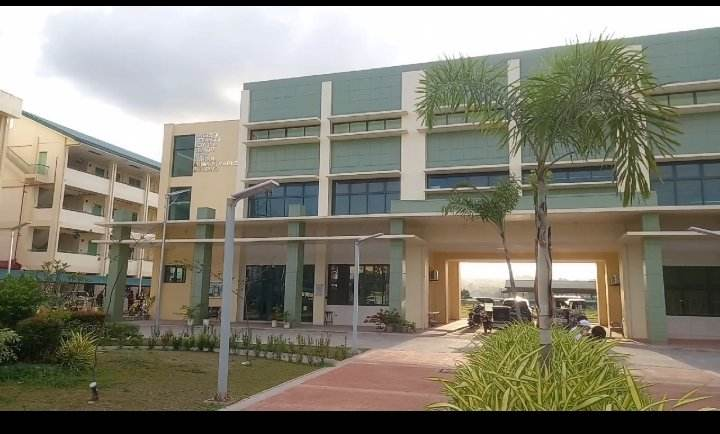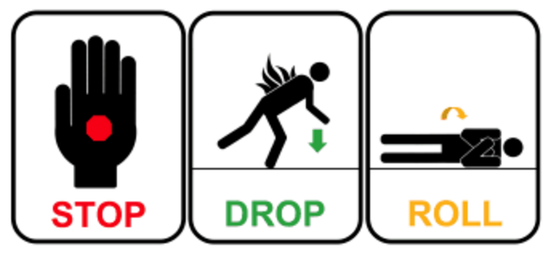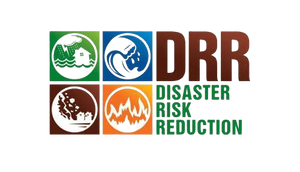
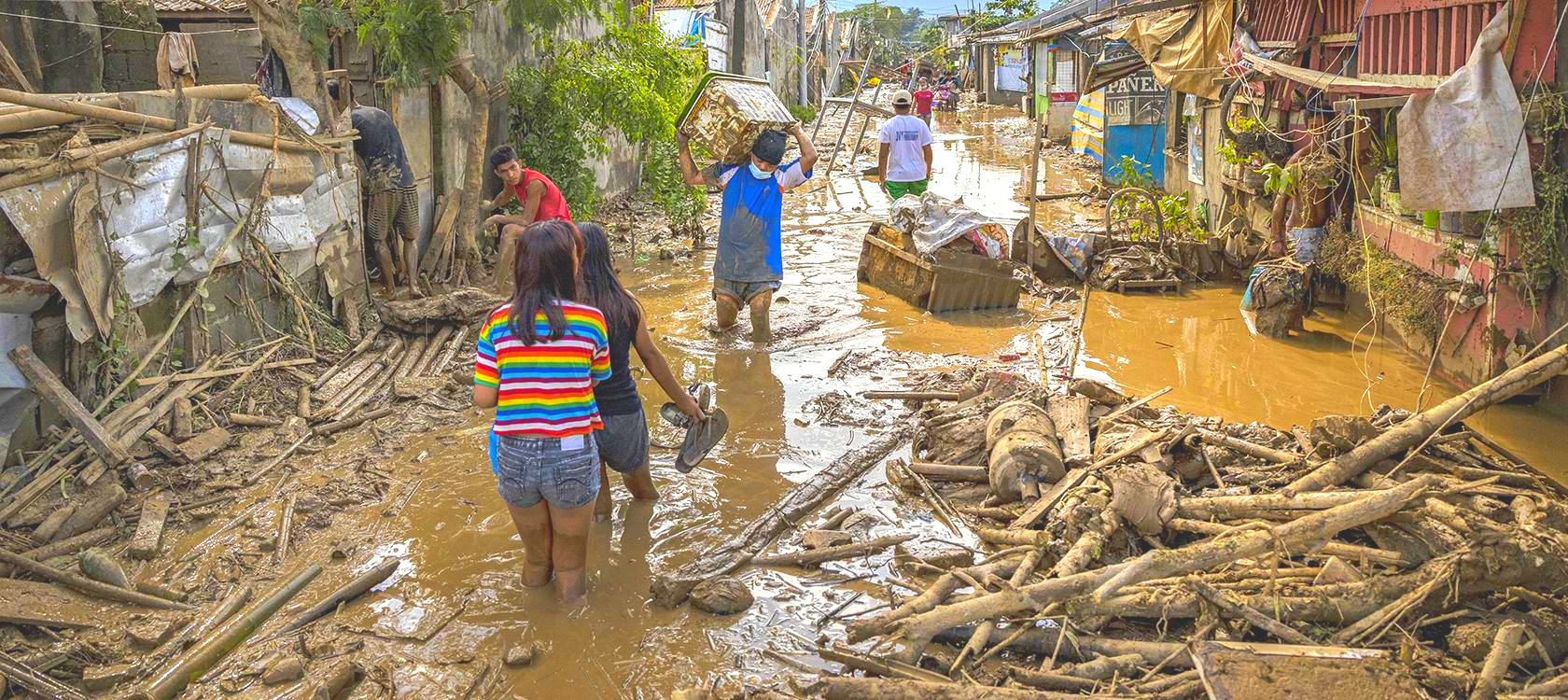
"By failing to prepare, you are preparing to fail."
Benjamin Franklin
R.E.A.D.Y
Response and Emergency Assistance in Disasters for the Youth

R.E.A.D.Y

Response and Emergency Assistance in Disasters for the Youth
"Our mission is to prepare, inform, and to help create awareness to the youth of Carmona in times of calamities and disasters"
Our purpose is to bring communities together and encourage them to respond to external threats. The goal of this website aims to strengthen the skills, knowledge and proficiency of practitioners in advocating on DRR approaches to decision-makers, donors and policy-makers. DRRM is aimed at saving lives; protecting livelihoods, assets, and infrastructure before, during, and after a disaster; and increasing communities' resilience to natural hazards.
Disaster Risk Reduction Plan
What to DO in times of Calamity!
Main Parts of Disaster Risk Reduction
and Management
Mitigation
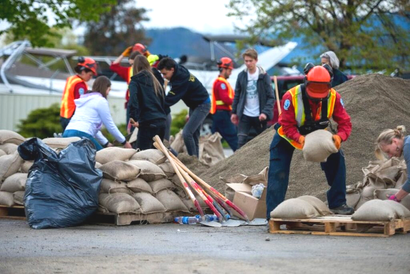
Hazard Assessment
Vulnerability
Assessment
Capacity Assessment
Risk Assessment
Preparation
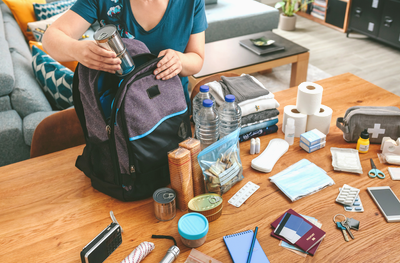
Emergency Needs
Safety Practices
Response
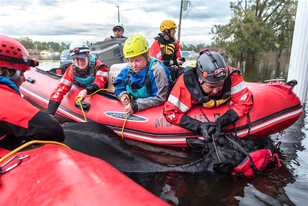
Post-Disaster
Recovery
Relief Services
Recovery
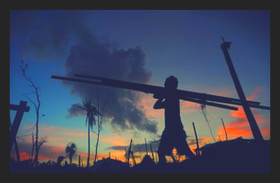
Restoration
Recovery Plans
Evacuation Areas
Evacuation Plans
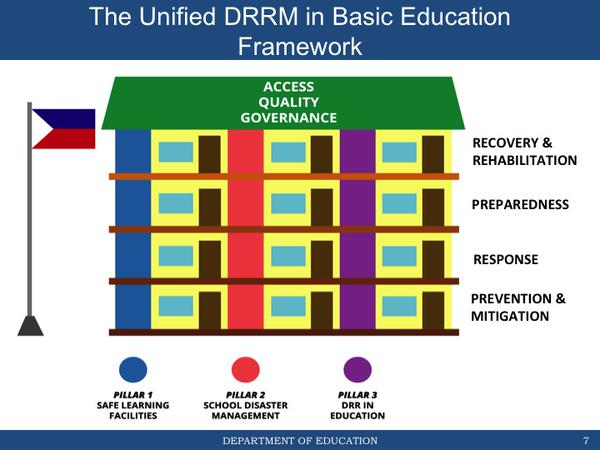
"Preparation through education is less costly than learning through tragedy."
Max Mayfield
INFOGRAPHIC
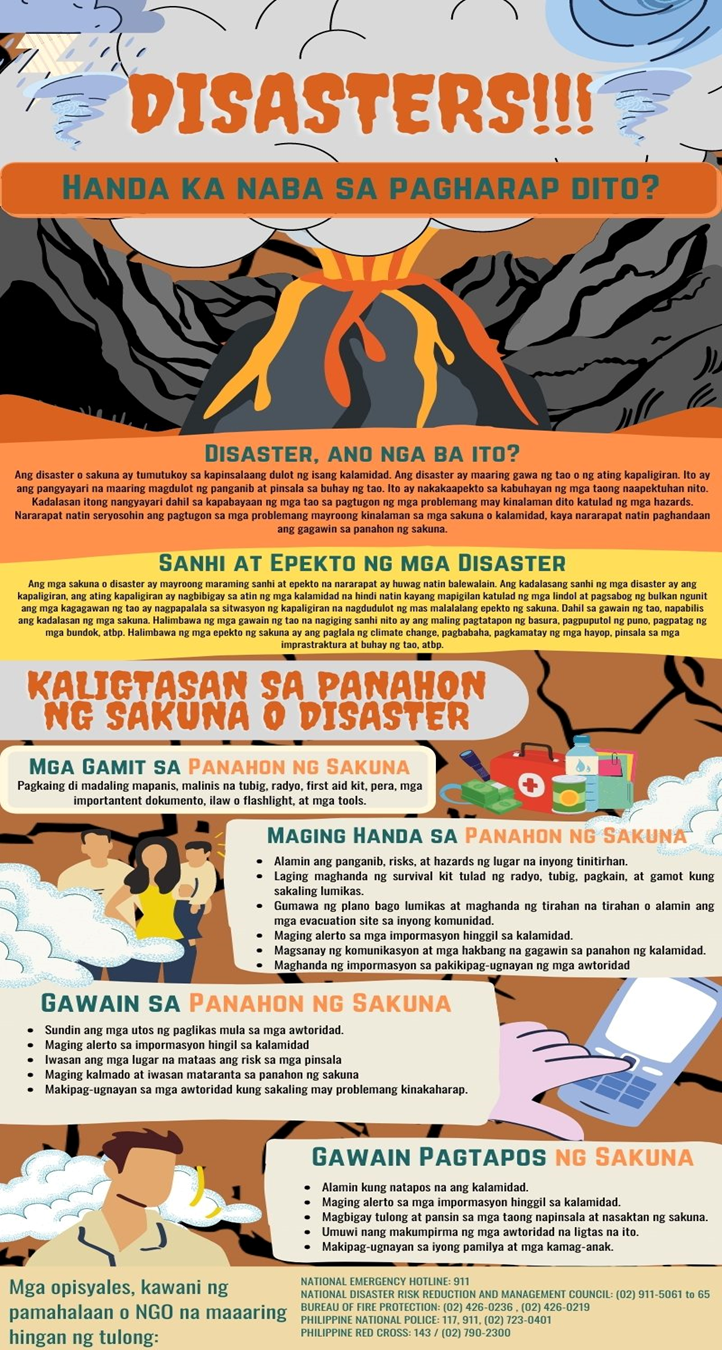
First aid
First aid is the first and immediate assistance given to any person with either a minor or serious illness or injury, with care provided to preserve life, prevent the condition from worsening, or to promote recovery.
OBJECTIVES
Preserve Life
Prevent the Escalation of Illness or Injury
Promote Recovery
Provide Pain Relief
Protect the Unconscious
ABCDE METHOD
AIRWAY
BREATHING
CIRCULATION
DISABILITY
ENVIRONMENT
(Clearing Airways)
(Ensuring Respiration)
(Internal Bleeding)
(Overall Examination)
(Neurological Condition)
Deals with airway obstructions.
Aims to clear the airways for proper respiration.
Based on the Oxygen Saturation (SpO₂) levels.
Aims to provide proper ventilation and respiration to the patient.
Aims to stabilize the circulation of blood throughout the body of the patient.
Deals with the observation and evaluation of the patient's neurological state.
Overall assessment of the patient.
Deals with the Thermal Management of the patient and revealing other symptoms.
Cardiopulmonary resuscitation
Cardiopulmonary resuscitation (CPR) is an emergency procedure that can help save a person's life if their breathing or heart stops. When a person's heart stops beating, they are in cardiac arrest. During cardiac arrest, the heart cannot pump blood to the rest of the body, including the brain and lungs.
NO BREATHING
How to administer CPR:
- Lay the person on his or her back
- Give chest compressions
- Tilt head slightly
- Breathe into the person's mouth
- Continue until EMS arrive
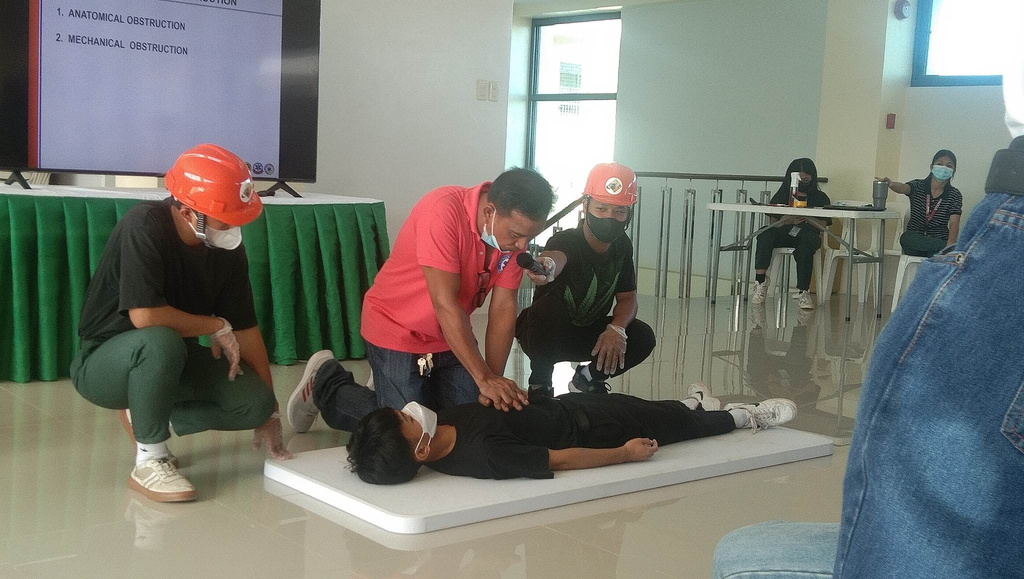
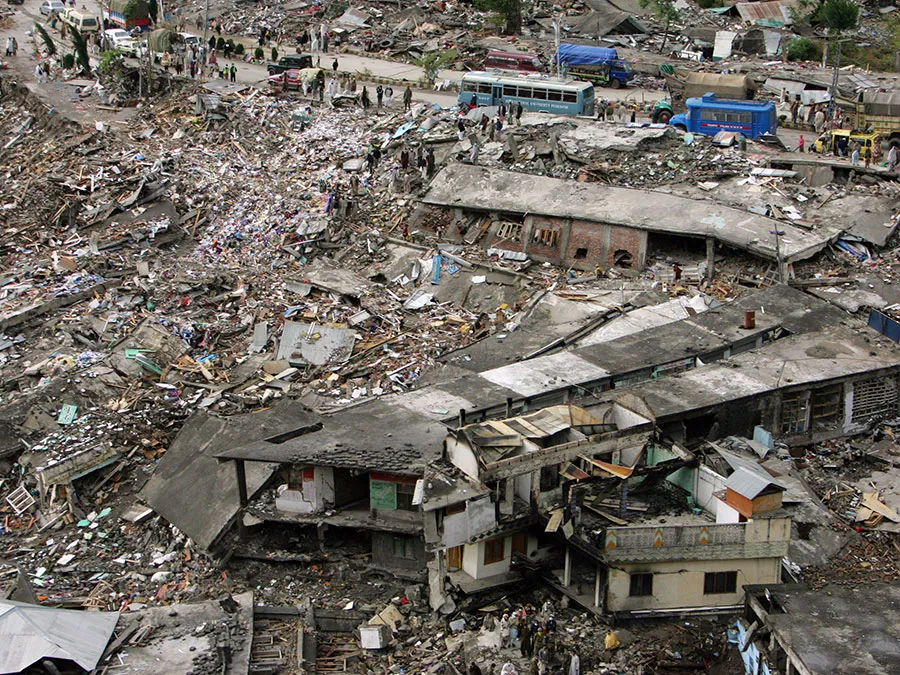
NATURAL DISASTERS
WHAT ARE THEY?
Natural disasters are catastrophic events with atmospheric, geological, and hydrological origins (e.g., droughts, earthquakes, floods, hurricanes, landslides) that can cause fatalities, property damage and social environmental disruption. These are the types of disasters that cannot be prevented.
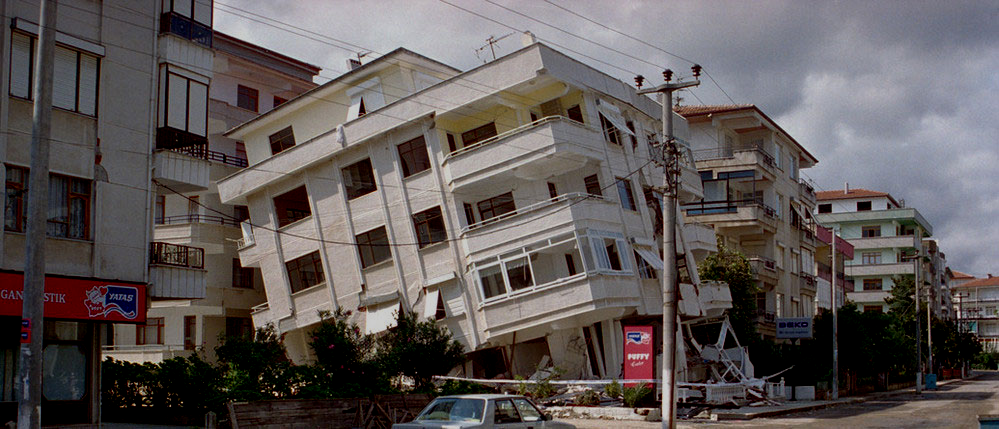
EARTHQUAKES
An earthquake is a weak to violent shaking of the ground produced by the sudden movement of rock materials below the earth’s surface.
MITIGATION EFFORTS
Securing heavy objects to the floor or walls
Putting breakable objects away from heights
Keeping hazardous substances inside sealed cabinets

Hanged items must be kept away from places where people may stay
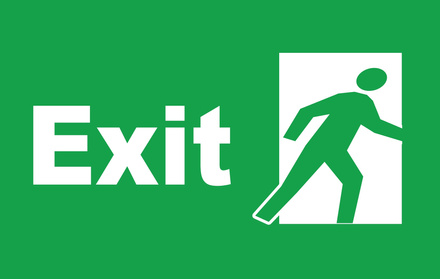
Locate areas in your house where it is safe to "duck, cover and hold" during an earthquake. Also locate the nearest exits, as well as your soon-to-be evacuation area
Prepare an emergency kit that contains non-perishable food, water, medicine, fist-aid kit, extra clothes, money. batteries for your radio and flashlight
During an earthquake:
STOP
COVER
HOLD

AFTER AN EARTHQUAKE
ALWAYS REMEMBER TO REMAIN CALM!
Examine yourself and your environment. Treat all injuries with the first-aid kit, or seek medical help. Evacuate carefully and be alert for aftershocks
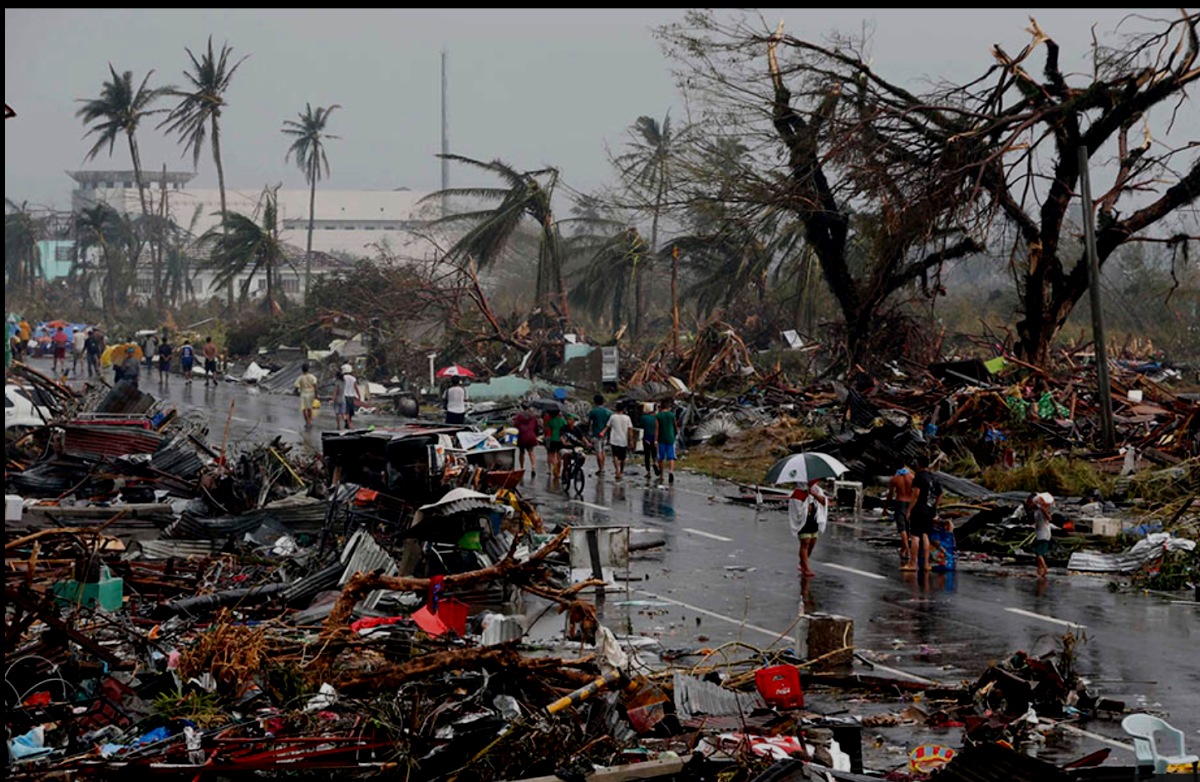
TYPHOONS
A Typhoon is an intense circular storm that originates over warm tropical oceans and is characterized by low atmospheric pressure, high winds, and heavy rain.
TYPHOON
PREPARATIONS
Securing your house and secure objects outside
Prepare an emergency bag and medical supplies
Prepare Safety and Evacuation plans
Prepare spare/emergency cash
MITIGATION
Check for broken house parts, such as roof tiles, slates and other objects that are loose
Secure objects (trash can, sign, posts etc.) that might get caught by the wind
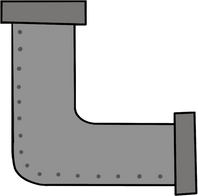
Check if your drainage and pipes are not broken to prevent leaks
DURING A TYPHOON:
Stay indoors and listen to the news
Evacuate when necessary or when told by the local government
AFTER A TYPHOON
Be alert of flash floods
Beweare of electrically-charged water
Only drink tap water when the authorities say so
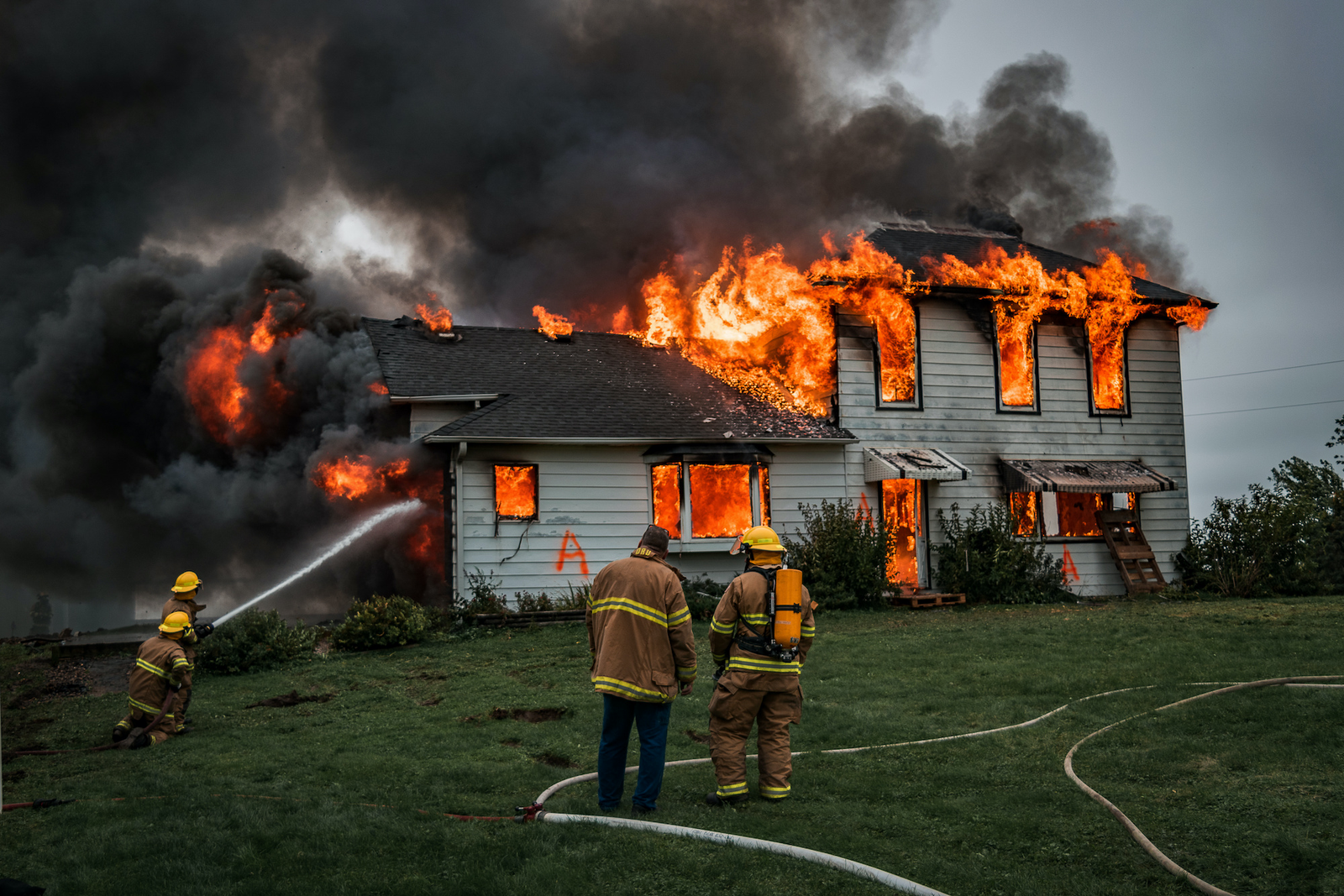
FIRE
Examples:
House fires, grass and forest fires, large-scale fires, etc.
FIRE PREVENTION
Always remember to pull the plug of appliances after use.
Put flammable hazards like lighters or matches, away from children's reach.

Install and maintain smoke alarms.
Prepare a Disaster Kit in case a fire spreads.
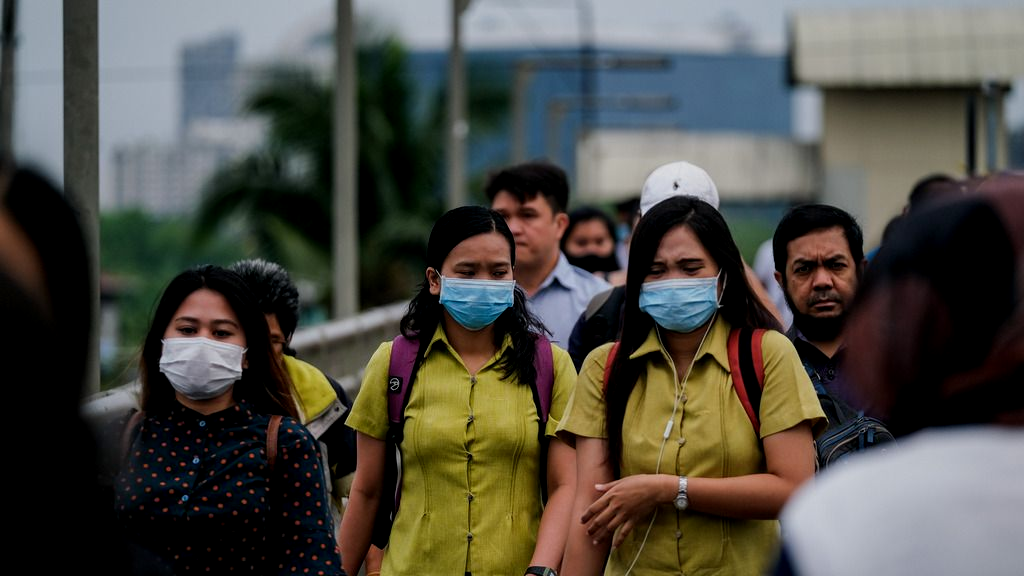
Anyone can get infected by the SARS-CoV-2 virus.
The COVID-19 Pandemic
BASIC HEALTH PROTOCOLS
Wear a mask outdoors
Wash your hands always
6 ft
Maintain social distancing
WHAT HAPPENS IF I GET INFECTED?
Most people infected with the virus will experience mild to moderate respiratory illness and recover without requiring special treatment. However, older people and those with underlying medical conditions like cardiovascular disease, diabetes, chronic respiratory disease, or cancer are more likely to develop serious illness. Anyone can get sick with COVID-19 and become seriously ill or die at any age.
DOs
DONTs

- Stay at home whenever possible
- Wash your hands several times a day for at least 20 seconds, especially before and after going out of your house
- Cover your mouth and nose when you cough or sneeze
- Wear a mask when you are outdoors
- Stay at least 6 feet away from people when you go outside, if you feel sick stay home
- If you feel really sick your doctor to ask if you should come into the hospital
- Continue taking all of the medicine that you have been prescribed just as you did before the pandemic unless your doctor tells you to stop
- Take medicine that you haven’t been prescribed
- Drink or otherwise ingest bleach or other household cleaning products; they will make you very sick!
- Visit friends and family members in person
- Go to crowded locations like parks or beaches
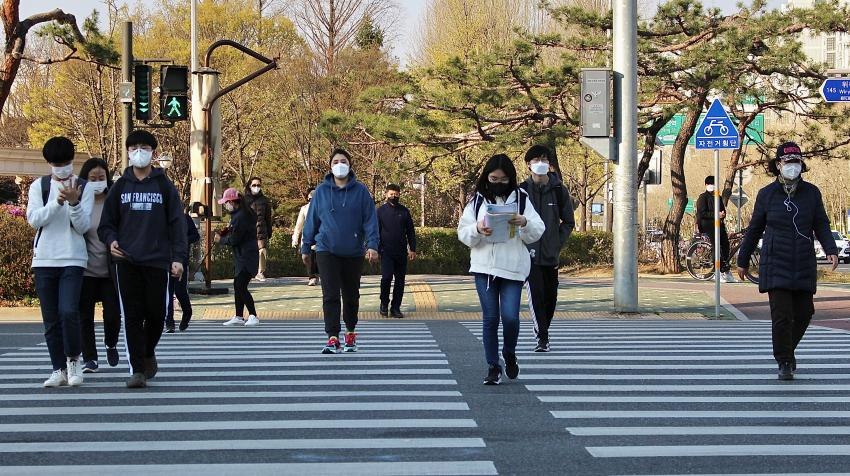
Vaccines? Explain Like I'm 5....
Vaccines basically train our bodies to fight viruses, and in this case, the Coronavirus. Vaccines contain weak versions of bacteria and viruses. When it gets injected into our body, our body will create specific antibodies that are designed in recognizing and killing the virus. When we get the actual virus, our bodies will be able to defend itself due to the "training" it received from the vaccine.
For some vaccines, the first dose does not provide as much protection as possible. So, more than one dose is needed to build more complete immunity. But at the end of the day, vaccines are the safest way to protect against certain diseases and prevent serious illness.


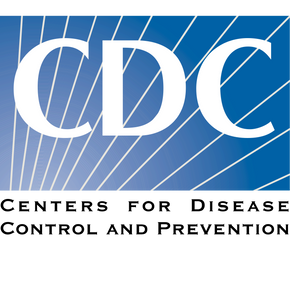

Sources:
General Information and Contact Information
Who and What to call in times of Crises?
Carmona senior high school
(046) 482-0461
(046) 430-1001/
(046) 430-0817
OFFICE OF THE MAYOR
municipal information office
(046) 430-2820
(046) 430-2372/
(046) 430-3010
municipal health office (MHO)
municipal engineer's office
(046) 430-0824
pagamutang bayan ng carmona
(046) 430-1644
(046) 430-0911/
09752790275
pnp carmona mps/ lantic mps
municipal drrmc office
(046) 413-0188
(046) 430-1666/
(046) 430-2858
bureau of fire protection
csu/mtfrb
(046) 413-0638
(046) 430-3240/
(046) 430-3241
lantic brgy. hall
dswd
(046) 430-3009
Angelo Levardo Loyola Senior High School
Address: 72WX+WCQ, Alfonso Macha St, Carmona, Cavite
Phone Number: (046) 482-0461
Gmail: allshscarmona@gmail.com
